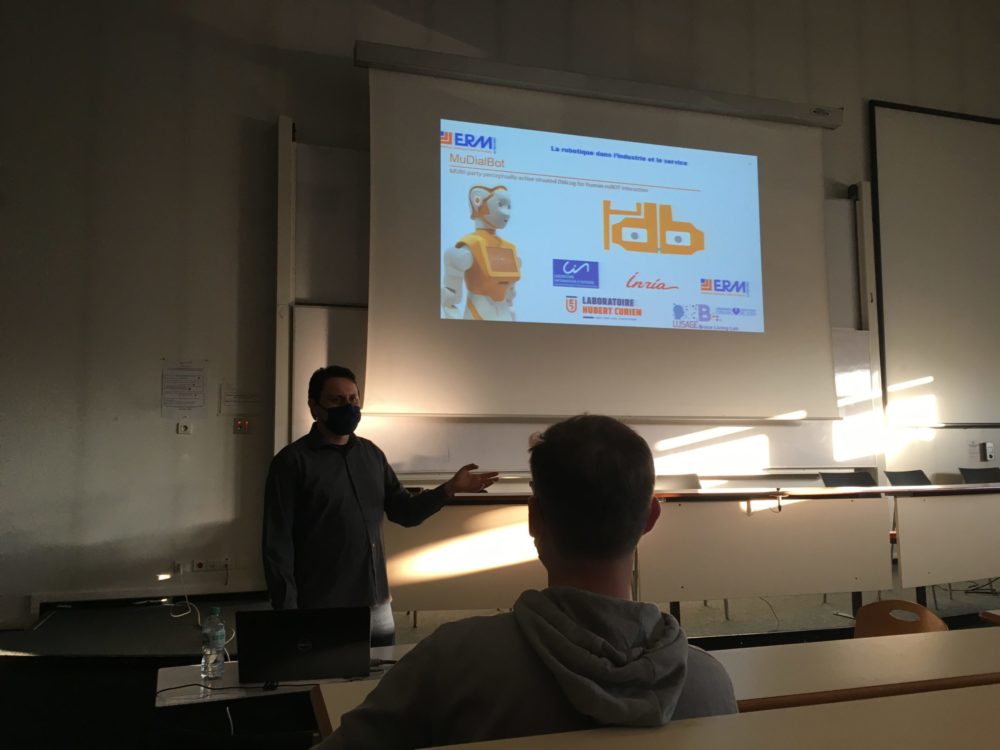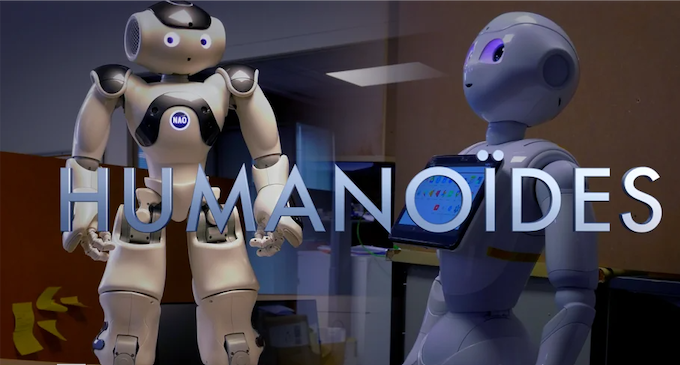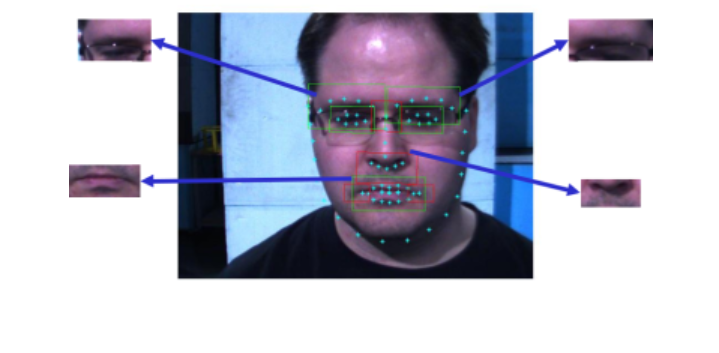ANR 2020 – CES 33 – PRCE

Motivations
Companion robots able to assist people in their everyday life and to communicate with them:
social assistive robots
How to improve acceptance?
Several technological barriers to overcome:
- better ability to move, see and hear in order to naturally communicate with people in various configurations (face-to-face, multi-party, close, distant etc)
- pro-active use of perceptions
- audio-visual strategies to handle interactions
Ambitions
New level in the exploitation of the rich information available with audio and visual data flowing from humans when interacting with robots:
- fusing highly informative verbal and non-verbal perceptive features to enhance the robot’s decision-making ability such that it can
- switch between multi-party/group interactions and face-to-face dialogues where required, and
- take speech turns more naturally
Tested and validated with several use cases in a day-care hospital unit. Large-scale data collection, complement in-situ tests, to fuel further researches.
The project is mainly funded by ANR and has also been labeled by the Pole SCS (Solution Communicantes Spécialisées) : https://www.pole-scs.org/projets/mudialbot/
Get more information about muDialBot, and its consortium.



